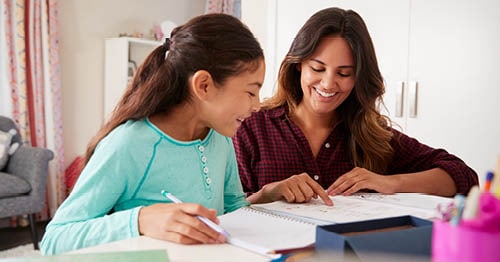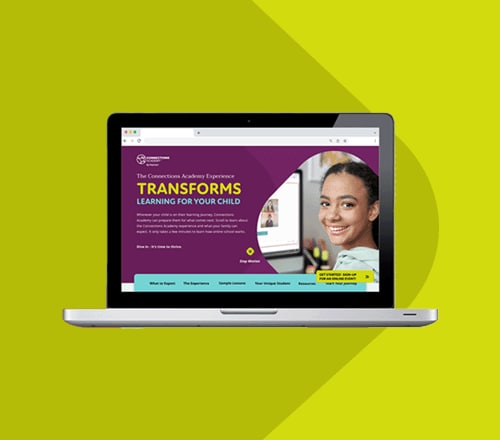How to Help Students Find the Most Important Information in a Text
byElizabeth Preston
4 min to read
Students are exposed toa lot of information as they read, and it can be difficult for them to separate important information from the trivial. Oftentimes, students get bogged down in the details of the text and think that each detail is critical to fully understanding what the author is trying to say. Because of this, identifying important themes and concepts can be challenging for any student.
However, learning how to pick out important information when reading is key for developing reading comprehension skills that are crucial for scoring well on standardized tests, in college courses, and in everyday life. Here are some ways to help your student identify the difference between important and insignificant information as they read.
Look at structures.
Encourage your student to look at chapter titles, headings, subheadings, illustrations, and captions—even before they start reading the text. Ask them if they can guess what the main point of that chapter/section will be from that information. This encourages them to develop inference skills, learn how to read for context, and use their critical thinking skills to determine what important themes they should be looking for.
Look for vocabulary.
Encourage your student to make a list of words that they repeatedly encounter in the text. This can help them to look for patterns and contextual clues in reading passages that point them towards important concepts and themes.
Ask guiding questions.
By asking questions, you can help lead your student to think about the main purpose or major theme(s) in a text. Some example questions for a narrative story, for example, are:
- What is the author’s purpose in writing this?
- Who is the main character?
- What does the main character ultimately want? What is their goal?
- What are the three most important events to know about this story?
- If you were to tell this story in three sentences, what would you write?

Chart the information.
Make lists labelled “characters,” “settings,” and “events.” Break up the lists into two columns: important (a reader must know this in order to understand the story) and interesting detail (something that is fun to know but is not a must for a reader to understand the story).
Have the student place information from the text they’ve read into each appropriate list and column. This activity is great for visual learners and will help them learn how to find important information and to separate information and prioritize the most important aspects of their readings.
Summarize parts and paragraphs.
Sometimes, students have trouble determining a text’s important themes and concepts because they lose focus while reading and do not remember the material. One way to combat this is to have them write a summary sentence next to each paragraph as they read and to write a summary sentence of each section and chapter. The summary should say what the main idea of that paragraph, section, or chapter is. This will help students learn how to find important information in a text.
For younger readers, summarizing can be done verbally and with the help of a Learning Coach.
Find the umbrellas.
The umbrella method is excellent for determining what details belong to which overarching topics/themes, and it is particularly useful for visual and tactile learners. It also aids students in discerning patterns and learning how to pick out important information when reading.
Here’s how to do it:
- Start with the student writing their ideas on themes, characters, settings, etc., on sticky notes with one idea per sticky note.
- Ask the student what ideas connect with each other and group those ideas together.
- Ask what seems like the “big” ideas and what seems like the “small” ideas.
- Place the “big” ideas above the “small” ideas. The “big” ideas are the umbrellas to which the “small” ideas belong.
- The top idea is the theme for all the ideas housed under it and should be considered important information.
Map the story.
Have your student map out the story and fill in the following parts:
- Beginning
- Background knowledge (characters and setting)
- Problem
- Rising Action
- Main Event/ Climax
- Falling Action
- Solution
- End
Some students may benefit from mapping these elements out on a picture of a mountain to help them better visualize the story.
If the student is getting lost in the details as they map out the story, then ask them how each detail relates to the problem, rising action, climax, and solution. If a detail does not clearly and easily relate to those elements, then it probably does not contain important information.
Deciphering and categorizing information while reading is a difficult challenge. However, learning how to read for context and find important information in a text are essential skills for students to develop to grow their reading comprehension skills and learn how to become active readers.



